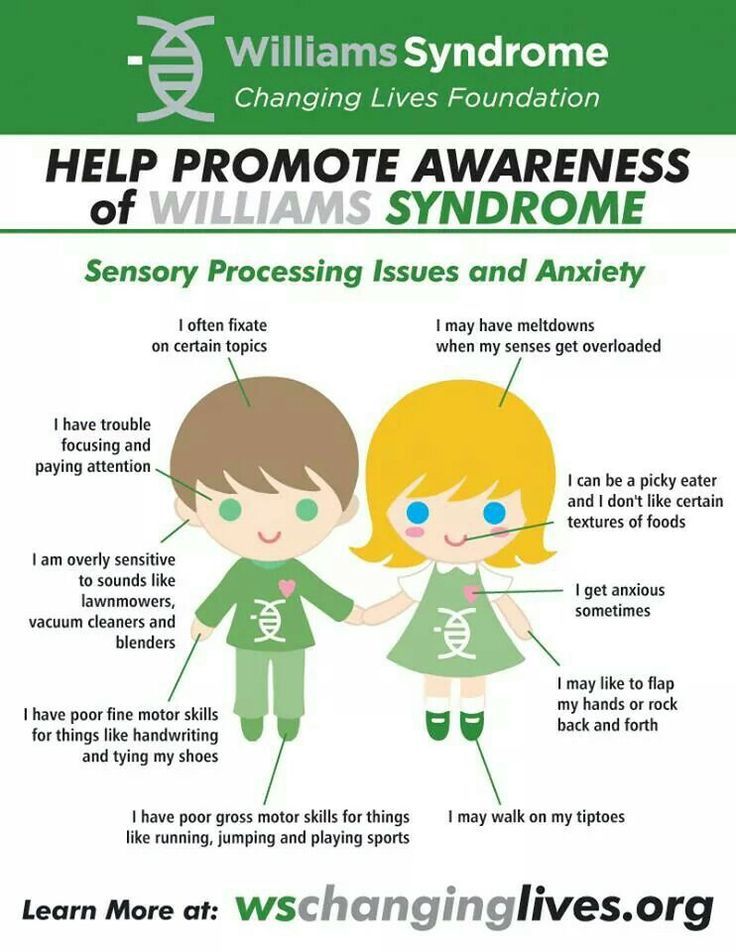How long does it take to get pregnant with second child
Is It Easier to Get Pregnant the Second Time? Here’s What the Science Says
If you struggled to get pregnant the first time, you might be filled with a mixture of excitement and dread when you think about having a second child. The first thing you’re probably wondering is, will it be easier to get pregnant this time around?
In this post, we will look at what the science says about second pregnancies and what you can do to increase your chances of success.
Is it easier to get pregnant the second time?
The answer is that it depends.
On one hand, you may have heard that having a baby can “reset” a couple’s fertility. A 2013 study conducted at Boston University appears to support this claim. The study found that couples who had already had children were more likely to conceive than couples who had not.
However, this implies correlation, rather than causation. There is a possibility that selection bias could have influenced the results of the study: as a cohort, couples who have already had children tend to be more fertile than those who have not.
The study also excluded couples with a history of infertility. Unfortunately, many couples struggle to have a second child, especially if they have struggled with infertility due to conditions like polycystic ovarian syndrome (PCOS) in the past.
On the other hand, approximately half of all infertility cases are due to secondary infertility. Factors influencing secondary infertility include aging, sperm count, breastfeeding, weight gain, and medications.
So, yes, plenty of women are able to get pregnant a second time without issue (a few even get pregnant when they are already pregnant), but if you’re one of the few dealing with infertility then there is 50% chance it could be due to your pursuit of a second child.
When is the right time to try for a second child?
When deciding whether or not to try for a second child, there are a number of factors to keep in mind, including how long ago you had your first child and how close together you want your children to be in age.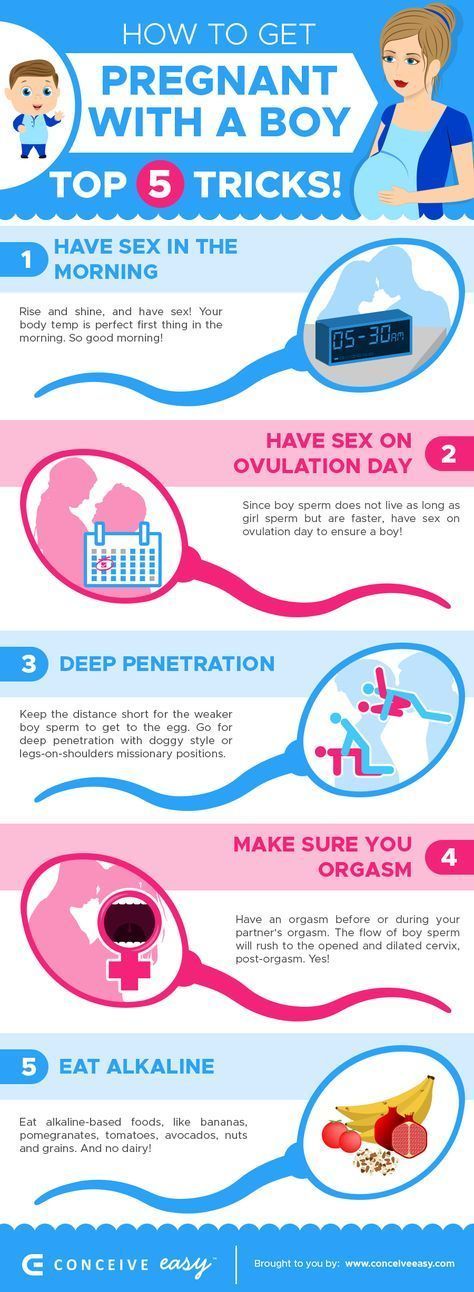
The period between pregnancies is known as “interpregnancy.” At a minimum, the American College of Obstetricians and Gynecologists (ACOG) recommends waiting six months between pregnancies. Ideally, however, ACOG says women should wait 18 months between pregnancies to reduce the risks of adverse health outcomes for the mother and the child.
When deciding if you should start trying for a second child, consider how long it may take you to get pregnant. For couples who do not struggle with infertility, it can still take six months to a year to conceive naturally. You should also keep in mind the nine-month gestational period when determining the age gap between your children.
You can use this information to calculate when to start trying for a second child based on how close together you want your children to be in age. For example, if you want your children to be two years apart in age, you may want to start trying to conceive as soon as six to eight months after the postpartum period.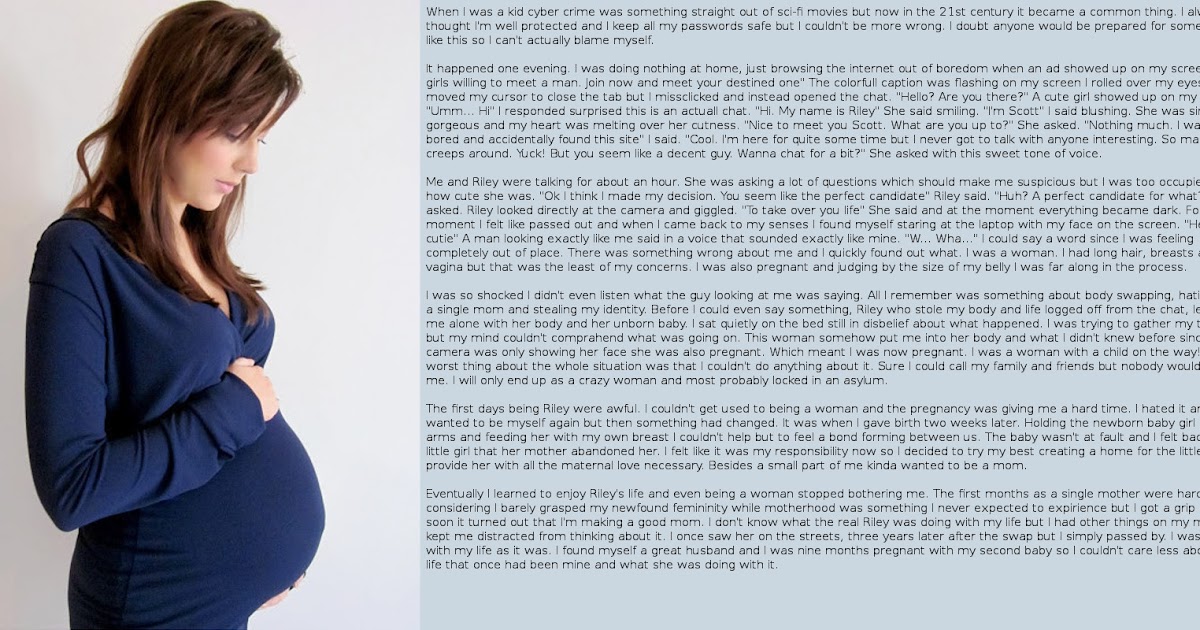 Between six to eight months of record, six months to a year of conception, and nine months of pregnancy, you will give birth to your second child about two years after your first.
Between six to eight months of record, six months to a year of conception, and nine months of pregnancy, you will give birth to your second child about two years after your first.
How long does it usually take to get pregnant again?
For women under 37 years old with no known fertility problems, 85 percent will become pregnant after a year of trying to conceive (TTC). Almost half of those women will have conceived within three months, and more than half will have conceived within six months.
Try not to compare the timing of your second pregnancy to the timing of your first. Some couples find it easier to get pregnant the second time around (maybe because they are already familiar with their unique ovulation patterns), but for many couples, it takes longer to get pregnant the second time.
In fact, secondary infertility is more common than primary infertility. It’s unclear exactly why this happens, but experts think it may have something to do with couples being older during the second pregnancy.
Is it true that the first pregnancy resets your fertility?
There’s a common saying that giving birth “resets” your fertility, making new moms ultra-fertile during the postpartum period. In reality, the truth is more complicated than that.
As you already know, women cannot conceive if they do not ovulate. How soon a new mom can conceive after birth depends on when she begins ovulating again. On average, women tend to ovulate 45 to 94 days after delivery, but it may happen sooner or later than that.
You may have heard stories of couples struggling with infertility that later went on to conceive their second child naturally. Spontaneous pregnancy is less likely, but still possible if you and/or your partner are infertile. Being infertile doesn’t mean zero chance of pregnancy — it just means much lower odds of conceiving.
However, it’s important to recognize that the majority of couples who cannot conceive naturally the first time do not go on to get pregnant a second time without medical assistance.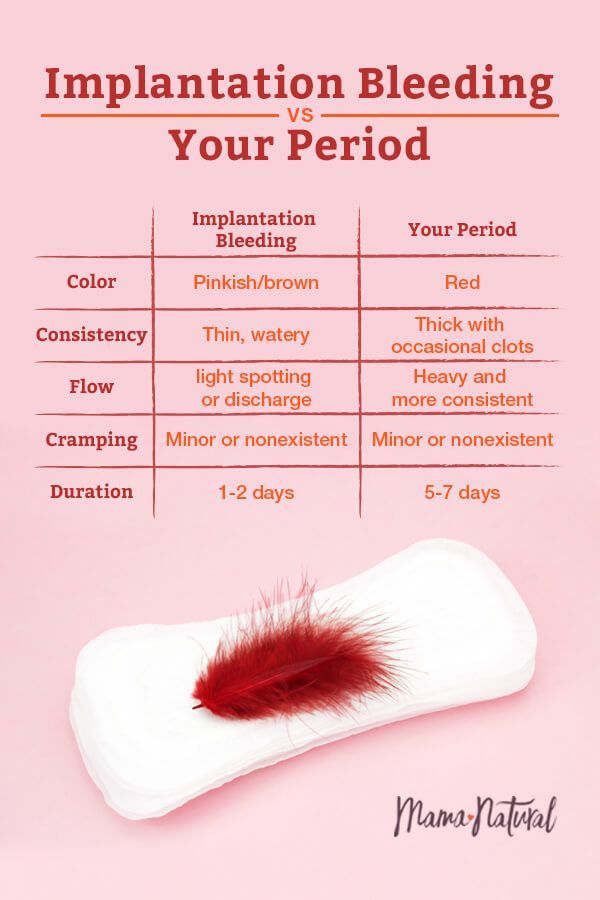 About 17 percent of patients who have conceived through in-vitro fertilization (IVF) go on to have a second child without IVF. This is more likely to happen in women under 35.
About 17 percent of patients who have conceived through in-vitro fertilization (IVF) go on to have a second child without IVF. This is more likely to happen in women under 35.
How to prepare for the second pregnancy
Conception aside, you’ll probably find that preparing for baby #2 is much less stressful than preparing for your first child. Since you and your partner have already been through one pregnancy, you already have a lot of the supplies you’ll need for your newborn on hand.
That being said, getting pregnant with your second child comes with its own unique set of challenges. Spending your pregnancy taking care of a young child means that you’ll be busier and less likely to track every pregnancy symptom or milestone.
But before you can worry about the challenges of your second pregnancy, you need to prepare for TTC again. Here are some steps you and your partner should take to get ready for your second child:
Health check-up
If you’ve been pregnant before, you already know that your body goes through a lot during pregnancy. It’s amazing what the female body is capable of!
It’s amazing what the female body is capable of!
However, because your body has already been through a lot, you’ll want to get your doctor’s approval before trying for baby #2. Pregnancy depletes your body of much-needed nutrients, so your OB/GYN will want to make sure your body is healthy enough to support a second child.
It’s important to note that experiencing certain pregnancy complications makes you more likely to experience them again with your second (or third or fourth) pregnancy. For example, if you delivered your first born via Cesarean section, you’re often less likely to have a successful vaginal delivery the second time around. And, if you struggled with postpartum depression after baby #1, you may be likely to find yourself down after giving birth a second time.
Most of these complications may make pregnancy more challenging, but they do not mean you cannot give birth to a second healthy baby. Work with your doctor to develop a plan prior to getting pregnant a second time so you know how to handle any health problems that may arise.
Track your cycle
Depending on how long TTC took the first time, you may or may not be familiar with tracking your cycle. Many women use ovulation predictor kits (OPKs) or other fertility tracking technology when TTC. However, if your first pregnancy was spontaneous or happened fairly quickly, the idea of tracking your ovulation might be new to you.
While you are breastfeeding, you usually will not have a menstrual cycle at all. If you are menstruating, you may also find that your cycle has changed since giving birth to your first baby. Some women experience longer, heavier periods after pregnancy, which can mean longer cycles. Others find that their periods are lighter and less painful after their first pregnancy, which sometimes means shorter cycles.
It’s important to track your cycle when trying to get pregnant, even if you’ve already conceived successfully. Tracking your cycle with a fertility tracker like Mira can help you figure out your “new normal” after giving birth and more accurately pinpoint your fertile window for TTC.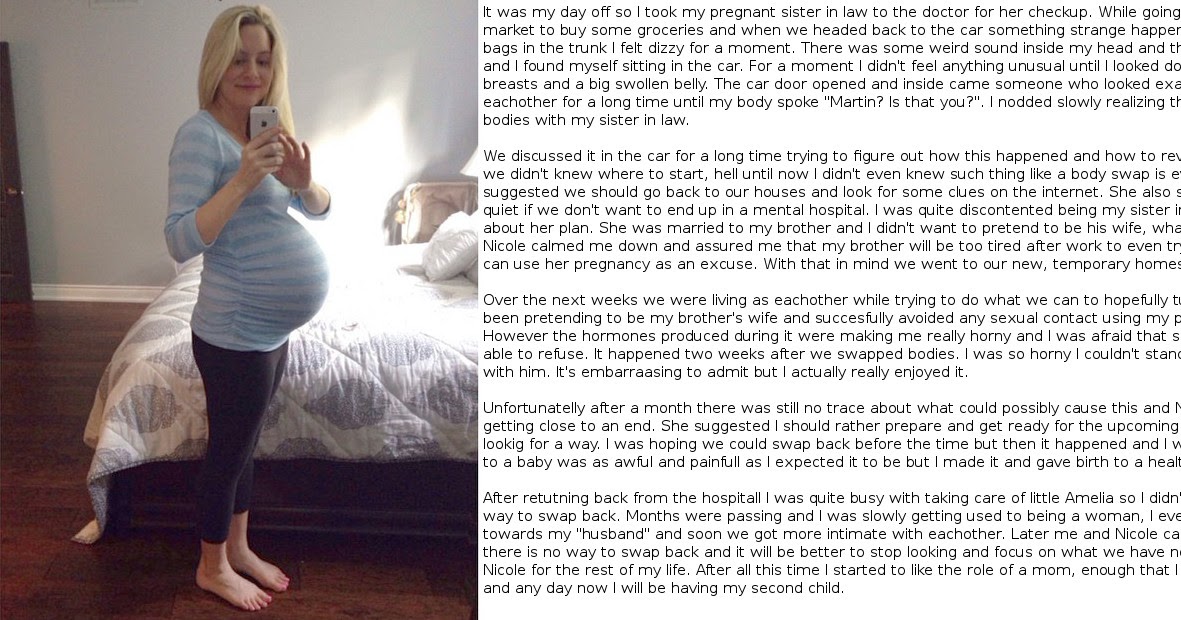
Diet
The same dietary rules apply to every pregnancy, whether it is your first or your fifth. As soon as you are TTC, you should stop drinking alcohol and start taking your prenatal vitamins.
You will also want to focus on getting enough essential vitamins and minerals to support a healthy pregnancy. This is especially important if it has been less than 18 months since your first pregnancy because pregnancy depletes your body of important nutrients.
Focus on eating a diet rich in colorful, healthy foods like fresh fruits and veggies, low-fat dairy, and whole grains. For an extra boost, try adding foods rich in important pregnancy nutrients — such as folate, calcium, and iron — into your diet. Dark leafy greens, fortified whole-grain cereals, and low-fat, low-sugar dairy are all great options for a healthy pre-pregnancy diet.
Exercise
Your workout routine plays an important role in helping you maintain optimal fertility. Exercise helps you maintain a normal weight, which is essential for a healthy pregnancy. It also boosts your physical fitness levels, which can help you keep up with your toddler while juggling your second pregnancy!
It also boosts your physical fitness levels, which can help you keep up with your toddler while juggling your second pregnancy!
Studies show that physical activity improves reproductive outcomes. In fact, pregnancy rates can be as much as two times higher in moms-to-be who maintain a regular exercise routine. However, over-exercising can be just as harmful to your fertility as under-exercising. Because exercise boosts testosterone levels, women who exercise too heavily, such as eating disorder patients who struggle with compulsive exercise, often experience hypothalamic amenorrhea, a temporary loss of fertility.
For the best odds of having a second baby, strike a healthy balance between exercising too much and too little. Unless your doctor has given you specific instructions to follow (which may be the case if you are going through IVF), the best exercise to do when TTC is the kind you enjoy most. Whether it’s hiking with your dog, salsa dancing, or lifting weights, choosing a type of exercise you actually look forward to doing will help you keep up with a regular routine.
Vitamins and supplements
During pregnancy, your baby gets all the nutrients they need from their mama… that means you!
That being said, we cannot stress enough how important it is to keep up with your baby’s nutritional needs. As soon as you are TTC again, start taking those prenatal vitamins, and make sure you’re choosing a high-quality prenatal containing folic acid, calcium, and iron.
Your doctor might recommend you take additional supplements if you are still breastfeeding or if you have a history of pregnancy complications, such as anemia or neural tube defects. But for the most part, a good prenatal vitamin should contain everything you need for a healthy pregnancy, whether you are TTC — or nine months and ready to pop.
Why you might be struggling to get pregnant the second time
Secondary infertility — when a couple with no history of infertility who has successfully conceived once before cannot conceive their second child within six months to a year — affects nearly three million women in the United States.
There are a lot of reasons why you might find conceiving more challenging the second time around. While some cases are considered unexplained, meaning there is no clear explanation for the couple’s infertility, others can be traced back to factors affecting one or both partners.
Age
Couples tend to be older when they are trying for their second child. As women age, it’s normal for our fertility to decrease over time. By age 30, the ability to conceive has already begun to decline. This decline speeds up after age 35. As a result of normal changes in your fertility, you may find it more difficult to conceive your second child naturally.
Unhealthy lifestyle
When we are young and childless, it’s much easier to eat healthily and stay active. Our first child changes everything. Keeping up with a hungry, cranky infant often means choosing packaged or fast foods that can be prepared quickly over healthier, fresher options. It also means less time for sleep and exercise.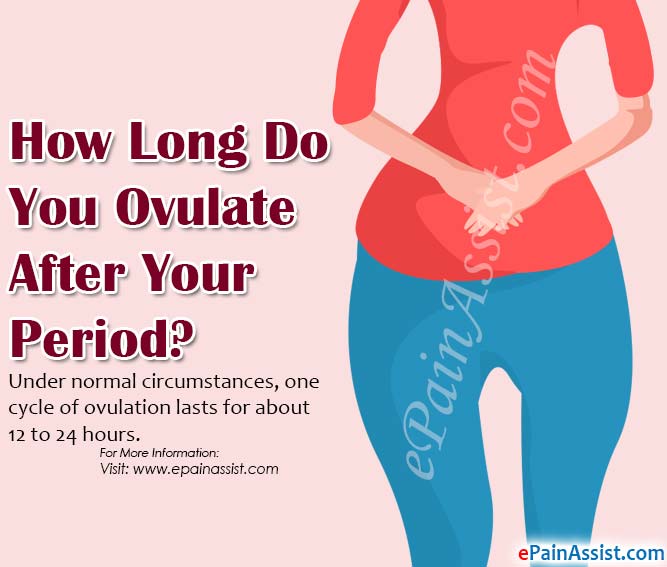 An unhealthy lifestyle can make it more difficult to get pregnant the second time around.
An unhealthy lifestyle can make it more difficult to get pregnant the second time around.
Hormonal imbalance
Women’s hormones can change rapidly after giving birth. Changes in thyroid hormone can cause postpartum hypothyroidism, which can interfere with normal ovulation. Too much cortisol may also lead to delayed or missed ovulation. Excess cortisol, known as the stress hormone, can be released in a new mother’s body due to the stress of having a newborn baby or due to the loss of sleep that accompanies taking care of an infant.
Infections after childbirth
Some women develop infections of the uterus after childbirth. This is more likely if your labor was prolonged or if you had a Cesarean section. Symptoms of a uterine infection include abdominal pain, fever, and foul-smelling vaginal discharge. These infections can be treated with antibiotics, but if they are not treated quickly enough, can lead to complications, such as postpartum sepsis and infertility.
Sperm quality and quantity
Many fertility issues can originate with the father as well, leading to a diagnosis of male-factor infertility. A common cause of male infertility is poor sperm count or sperm quality. Sperm count and quality can decrease as a man ages, making it more difficult for fertilization to occur when trying for your second pregnancy.
A common cause of male infertility is poor sperm count or sperm quality. Sperm count and quality can decrease as a man ages, making it more difficult for fertilization to occur when trying for your second pregnancy.
Poor sperm quality or quantity can also be caused by lifestyle factors like diet and exercise. Your OB/GYN or fertility specialist can administer a simple, non-invasive test called a semen analysis to see if poor sperm count and/or quality may be a concern for you and your partner.
Things to consider when trying for a second child
Ultimately, the decision to have a second child is an intensely personal one that should be made by a couple and their OB/GYN. However, it’s important to take all factors into consideration when weighing the pros and cons of having baby #2.
If you’re thinking about TTC for the second time, make sure to discuss the following concerns with your partner and your doctor:
- Is your body fully recovered from your first pregnancy?
- How close together do you want your children to be in age?
- Do you want to take care of two young children at the same time?
- Are you ready to take care of an infant again?
- Will yours or your partner’s age impact your fertility?
- Did you have any complications with your previous pregnancy?
- Can you afford to have another child?
Average Time to Get Pregnant With Second Child
Published on August 3rd, 2022
Check out SneakPeek Gender Test to find out your baby’s gender as early as 6 weeks at 99. 9% accuracy!
9% accuracy!
If you’ve always dreamed of growing a family, you may be eager to start adding more branches to your tree right after your first precious gift arrives. But, before you read up on how to get pregnant fast, is it safe to repeat this physical journey right away?
When it comes to timing pregnancies, personal preference is one big factor. However, there are also medical risks to consider with back-to-back pregnancies. Medical professionals recommend waiting 18 months or more between pregnancies. By waiting, you can best support your body (and your baby) through your second pregnancy.
Curious to learn more about timing the branches of your family tree? Let’s explore the medical advice, risks, and statistics around second pregnancies.
Interpregnancy 101: How long should you wait?The time between pregnancies is called interpregnancy—and it’s an important period for both you and your future little one.
Also known as birth spacing, interpregnancy can shape the health of your next pregnancy.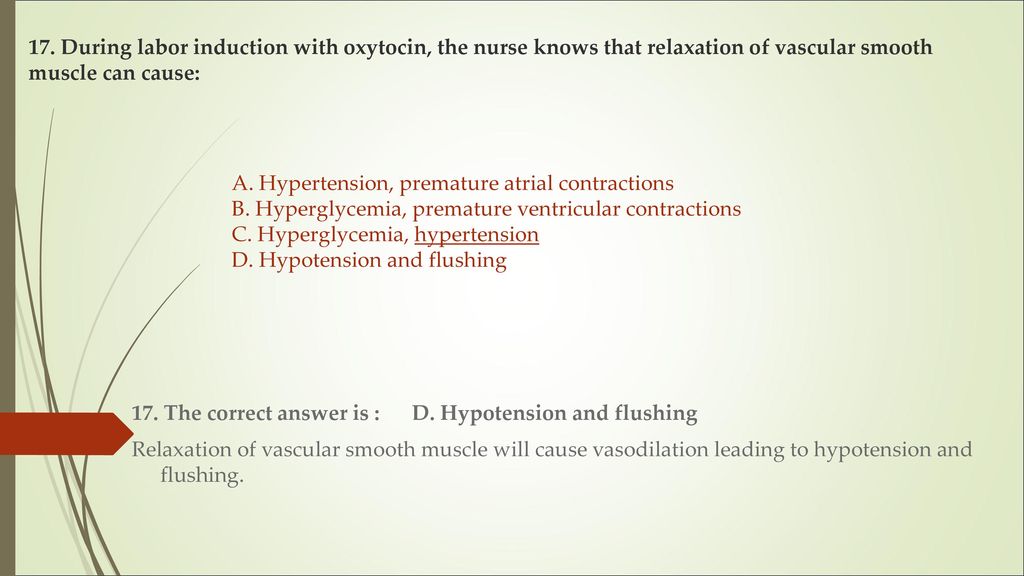 Rush into a second pregnancy, and you could run into medical risks and pregnancy complications for you and your baby. Wait for years and years, and your fertility might drop. So, where’s the sweet spot?
Rush into a second pregnancy, and you could run into medical risks and pregnancy complications for you and your baby. Wait for years and years, and your fertility might drop. So, where’s the sweet spot?
The American College of Obstetricians and Gynecologists recommends waiting at least six months between pregnancies—although 18 months or longer is preferred. Layered on top of this is a recommendation to attempt a second pregnancy before reaching 37 years old, as this is the age when fertility begins to decline significantly.
Threading the needle on this time range when attempting your second pregnancy can help you:
- Restart regular ovulation – Outside of pregnancy, premenopausal women ovulate (or release a ready-to-go egg from their ovaries) about every month. However, post-pregnancy ovaries need a little time to get back into the swing of things. Women may begin ovulating again anywhere from 45 to 94 days after delivery, whether this may be vaginal delivery or through cesarean section.
 Additionally, if you exclusively breastfeed following delivery, your ovulation and menstrual cycle will be delayed until you stop.
Additionally, if you exclusively breastfeed following delivery, your ovulation and menstrual cycle will be delayed until you stop. - Heal physically – Being pregnant and giving birth is no small task. From feet swelling to weight gain, your body goes through a whirlwind of changes over those nine months and needs time to recover. Additionally, pregnancy and breastfeeding both rely on nutrient stores in your body, so allowing ample recovery time between pregnancies can help your body replenish those nutrients for a healthy second child. In fact, this is why your body will continue to pause your ovulation if you breastfeed—it knows you need every bit of energy for your first baby, not another pregnancy.
- Maintain fertility – Experts state that female fertility begins declining by 32 years old, and by 37 years old, this decline picks up speed. This is due to a decrease in egg count (the total number of eggs in your ovaries) and egg quality (the chromosomal normality of your eggs).
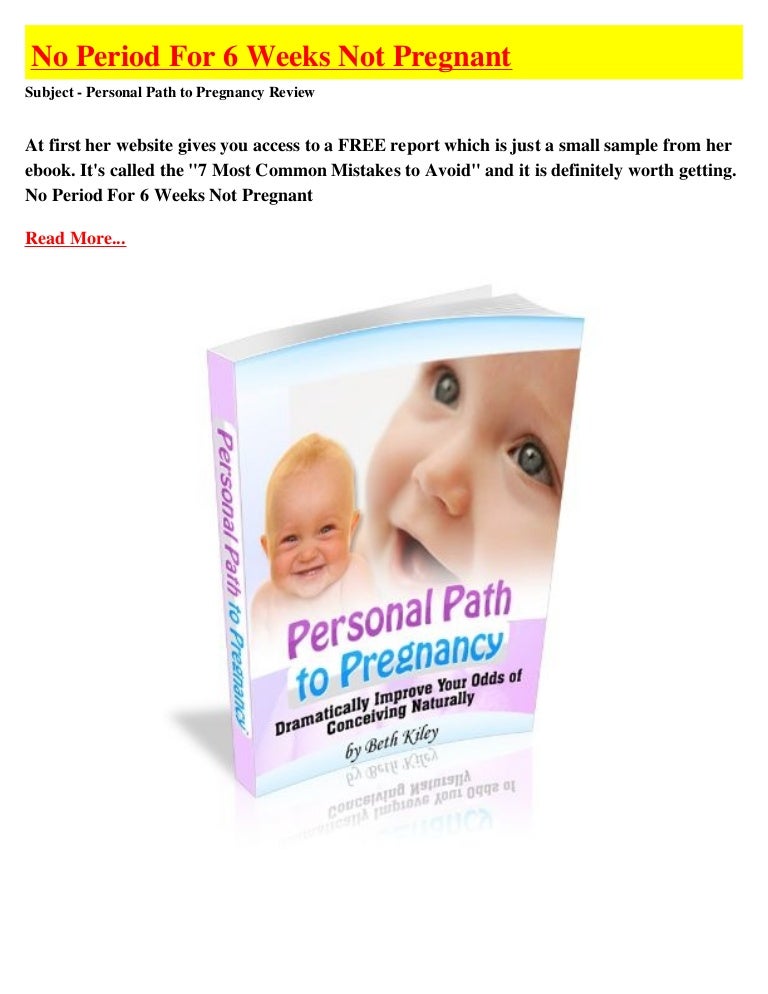 So, if you wait until your late-30’s to have a second pregnancy, you may face fertility issues.
So, if you wait until your late-30’s to have a second pregnancy, you may face fertility issues. - Prevent birth defects and risks – The fewer months you wait between your first and second pregnancies, the more health issues you risk, such as premature delivery and congenital disorders. The less time you wait, the more stress and systematic inflammation your body experiences—big no-no’s for a healthy pregnancy. This is why medical experts recommend an interpregnancy interval of no less than six months.
Back-to-back pregnancies may seem efficient, but there are reasons to wait a little longer. Medical research shows that second pregnancies begun less than six months after a live birth correlate with birth defects or fetal health conditions, like:
- Premature birth (before 37 weeks)
- Low birth weight
- Partial or full placental abruption (when the placenta peels away from the uterine wall)
- Schizophrenia (in the baby)
- Congenital disorders, such as Down syndrome and cleft lips
- Autism
What creates these health risks for back-to-back pregnancies?
Overall, the risks of birth defects and pregnancy complications stem from a lack of recovery. When your body hasn’t returned to its pre-pregnancy health, it sets a poor foundation for your next child to develop. Experts believe these three physical factors need at least six months to rebalance for a healthy second pregnancy:
When your body hasn’t returned to its pre-pregnancy health, it sets a poor foundation for your next child to develop. Experts believe these three physical factors need at least six months to rebalance for a healthy second pregnancy:
- Nutrient supply – Does everything you eat go to your baby? From vitamin D to calcium, the nutrients your baby receives will come mostly from your body. Particularly, sufficient folic acid is necessary for healthy cellular development in fetuses. Without nutritional replenishment between pregnancies, your baby could develop neural tube defects, arrive prematurely, or have a low birthweight. Additionally, depleted iron levels can leave moms anemic between close pregnancies.
- Inflammation – During pregnancy, many conditions can create inflammation in the body, such as endometritis (an inflamed lining of the uterus) or even stress. Higher inflammation levels correlate with fetal brain development issues, as well as premature labor.
 To decrease the likelihood of these risks, it’s important to give your body time to reduce inflammation before a second pregnancy.
To decrease the likelihood of these risks, it’s important to give your body time to reduce inflammation before a second pregnancy. - Vaginal microbiome – Not all bacteria are bad. In fact, the microbiome (or group of bacteria) inside your vaginal canal is crucial for your health! However, pregnancy changes your vaginal microbiome, and experts say it can take up to a year for the vaginal microbiome to recover after pregnancy. If you don’t allow your vaginal microbiome the time it needs to return to its pre-pregnancy state, you increase the likelihood of developing infections that correlate with premature births.
Once you’re ready to try for another baby, you may wonder, “what’s the average time to get pregnant with a second child?” Will getting back into those maternity pants take less time now that your body is a pregnancy pro?
The answer is maybe. It all depends on your personal fertility level.
There’s no clear evidence on how the number of pregnancies affects fertility. Whether it’s your first or fourth pregnancy, your odds of conception may be high or low. In fact, secondary infertility (or having trouble conceiving a second child) occurs in 10% of trying couples—about the same rate as primary infertility.
Other genetic and behavioral traits do play a significant role in your fertility. If you’re trying to get pregnant a second time, these fertility factors make an impact:
- Age – As stated earlier, older women have a harder time getting pregnant. In your early 20’s, you have about a 1 in 4 chance of getting pregnant every month. By age 40, those odds decline to 1 in 20. However, this doesn’t mean you’re out of luck! In fact, within a year of trying to conceive, about 85% of women under 37 years old will get pregnant.
- Weight – A healthy body weight is important for all aspects of life, including fertility.
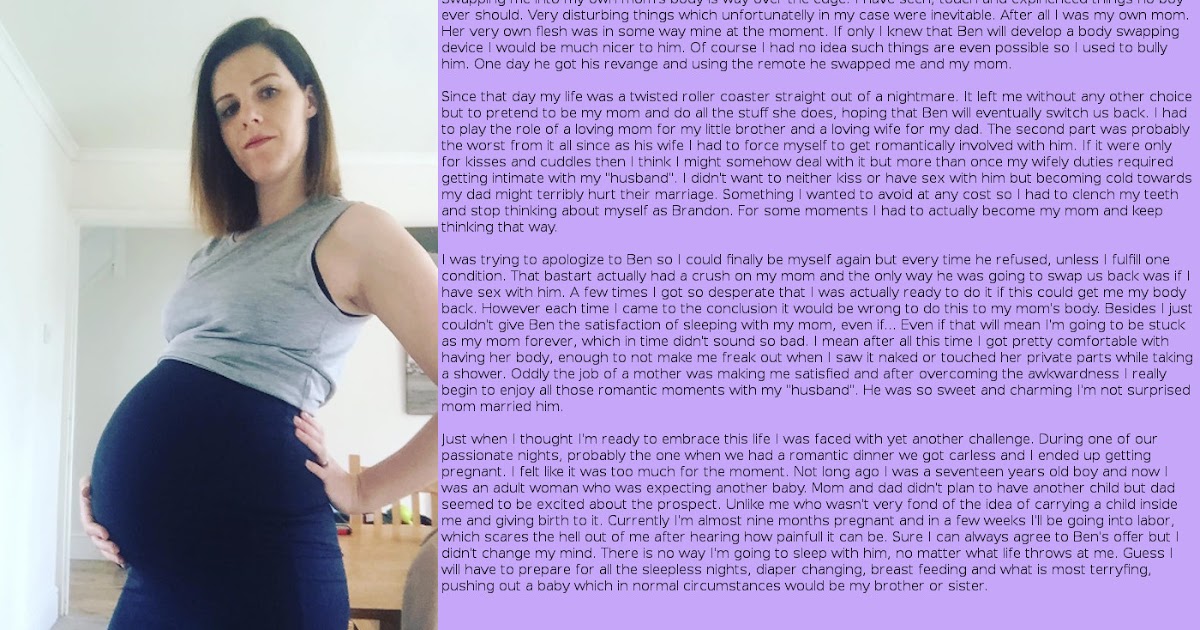 Studies show that overweight and underweight BMIs correlate with lower fertility than normal BMIs.
Studies show that overweight and underweight BMIs correlate with lower fertility than normal BMIs. - Diet – Proper nutrient intake is the key to healthy hormone levels, which in turn, affect your fertility. That’s why women who eat balanced diets full of important nutrients are more fertile than those who eat highly-processed diets that lack these nutrients. Particularly, antioxidants like vitamin C, zinc, and folate are crucial for fertility as they can protect the quality of your eggs. In fact, one of the ways how to improve egg quality is eating foods rich in omega-3.
- Physical activity – Studies show that moderate physical activity can boost fertility in overweight women. However, exercise runs on a bell curve with pregnancy. If you rely on high-intensity workouts, you might actually lower your fertility.
- Alcohol intake & tobacco usage – Is drinking wine while pregnant bad? Research suggests that high alcohol consumption and regular smoking both lower conception rates.
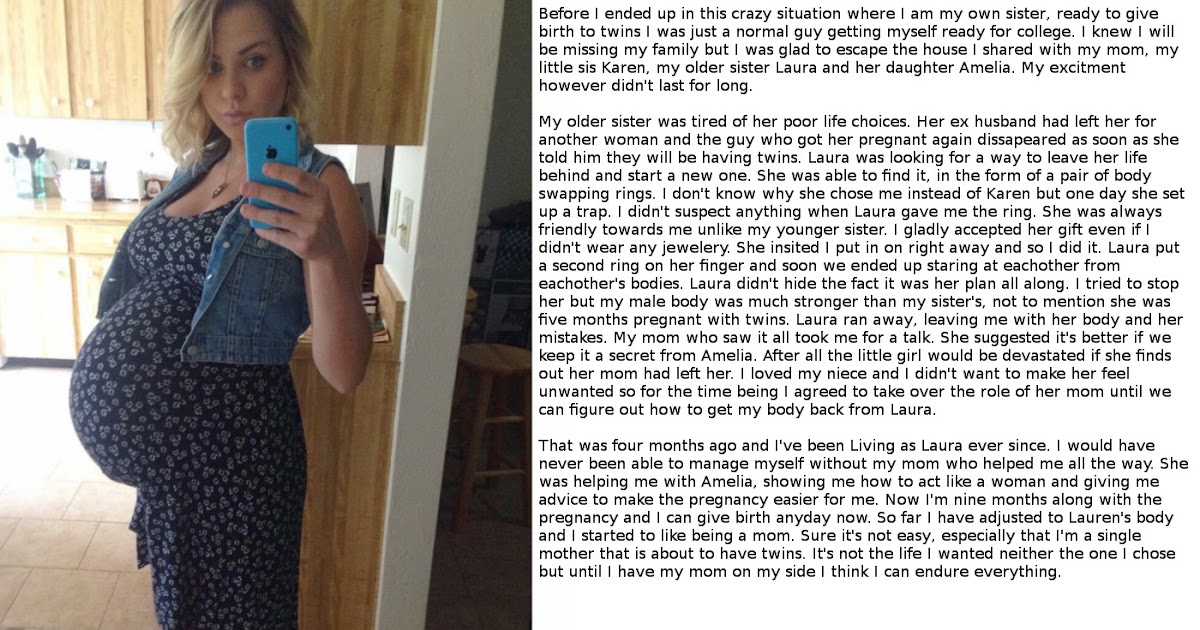 Smoking cuts off the blood supply to your ovaries, possibly reducing egg quality.
Smoking cuts off the blood supply to your ovaries, possibly reducing egg quality. - Stress – Up all night running through your to-do lists? All that anxious energy may be detracting from the work of your ovaries. Stress offsets the delicate hormonal balance run by your hypothalamus, pituitary gland, and adrenal glands, which can hinder ovulation. Fortunately, studies show that stress reduction can boost conception rates.
If you experienced fertility issues during your first pregnancy, it’s likely you’ll experience them again the second time around. Only about 17% of mothers who initially conceived with IVF (in vitro fertilization) will naturally conceive a future child. Consider speaking with your fertility specialist or medical provider about fertility support when trying for baby number two.
What’s the average time between first and second pregnancies?It’s hard not to play the comparison game when planning a second pregnancy, but keep in mind that there’s no “right” way to plan a family.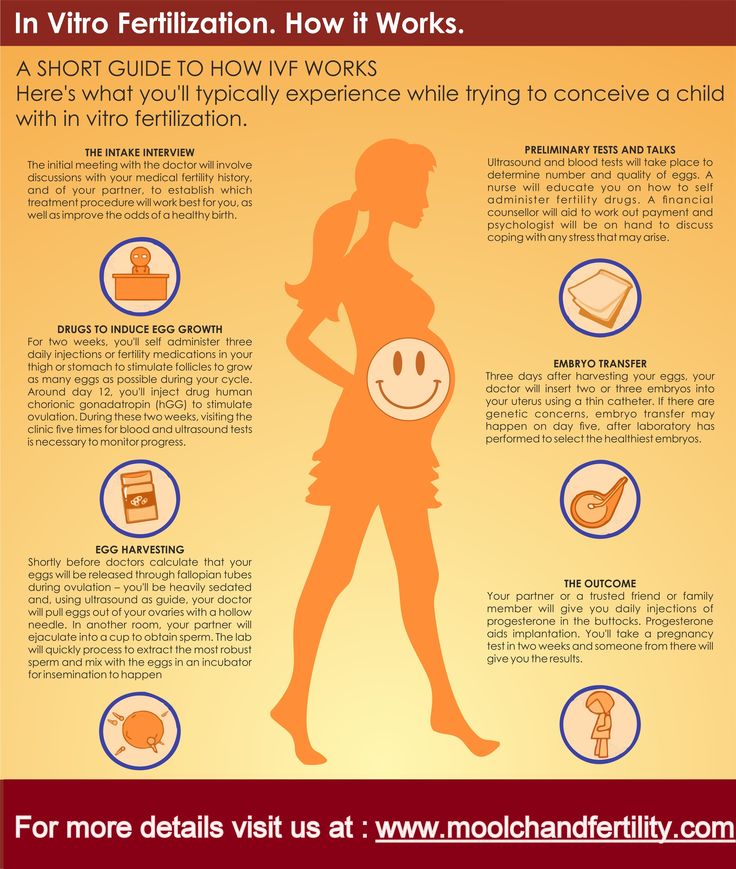 A healthy gap between pregnancies can be as short as 18 months or as long as over a decade! What matters most is that your pregnancy is safe.
A healthy gap between pregnancies can be as short as 18 months or as long as over a decade! What matters most is that your pregnancy is safe.
Still curious about pregnancy timelines? Check out these statistics from a 2016 survey conducted by the Centers for Disease Control and Prevention (CDC) about U.S. families:
- The median interpregnancy interval was 24 to 29 months
- Out of all interpregnancy intervals, only 4.8% were shorter than 6 months
- After an initial pregnancy, nearly 29% of mothers took less than 18 months to start another pregnancy
- For older women and mothers over 35 years old, interpregnancy intervals between 12 and 17 months were more common (22.1%) than for younger mothers (8.4%)
- Less than 5% of births occurred after an interpregnancy interval of 10 years or longer.
Once the second branch of your family tree has sprouted, you can use the SneakPeek At-Home Early Gender Prediction Test to meet your newest member sooner than ever before.
Discover the sex of your baby as early as six weeks into your pregnancy. That’s months ahead of your 20-week anatomy scan ultrasound! Plus, our #1 OBGYN-recommended gender blood test comes with 99.9% clinically proven accuracy, as well as a money-back guarantee if your results don’t match the sex of your baby.
If you’re ready to jump back into those stretchy pants, we’re ready to come with you. Join the 500,000+ moms who discovered their baby’s gender sooner by saying yes to SneakPeek.
Sources:
- American College of Obstetricians and Gynecologists. Interpregnancy Care.
- https://www.acog.org/clinical/clinical-guidance/obstetric-care-consensus/articles/2019/01/interpregnancy-care
- American College of Obstetricians and Gynecologists. Female Age-Related Fertility Decline. https://www.acog.org/clinical/clinical-guidance/committee-opinion/articles/2014/03/female-age-related-fertility-decline
- NIH. The Importance of Antioxidant Micronutrients in Pregnancy.
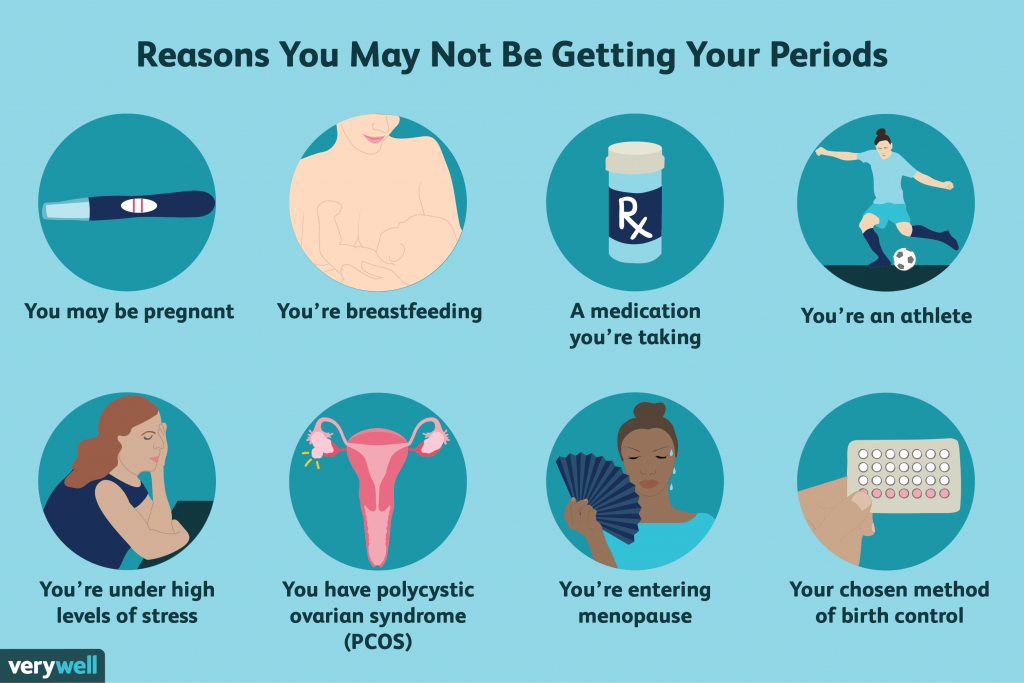 https://www.ncbi.nlm.nih.gov/pmc/articles/PMC3171895/
https://www.ncbi.nlm.nih.gov/pmc/articles/PMC3171895/ - Better Health. Weight, fertility and pregnancy health. https://www.betterhealth.vic.gov.au/health/conditionsandtreatments/age-and-fertility
- Better Health. Age and fertility. https://www.betterhealth.vic.gov.au/health/conditionsandtreatments/weight-fertility-and-pregnancy-health
- CDC. Short Interpregnancy Intervals in 2014: Differences by Maternal Demographic Characteristics. https://www.cdc.gov/nchs/products/databriefs/db240.htm
- March of Dimes. Bacterial vaginosis and pregnancy. https://www.marchofdimes.org/complications/bacterial-vaginosis.aspx
- Mayo Clinic. Family planning: Get the facts about pregnancy spacing. https://www.mayoclinic.org/healthy-lifestyle/getting-pregnant/in-depth/family-planning/art-20044072
- NIH. Association of western diet & lifestyle with decreased fertility. https://www.ncbi.nlm.nih.gov/pmc/articles/PMC4345758/
- NIH.
 Changes in the Vaginal Microbiome during the Pregnancy to Postpartum Transition. https://www.ncbi.nlm.nih.gov/pmc/articles/PMC8189965/
Changes in the Vaginal Microbiome during the Pregnancy to Postpartum Transition. https://www.ncbi.nlm.nih.gov/pmc/articles/PMC8189965/ - NIH. Effects of alcohol consumption on female fertility during an 18-year period. https://pubmed.ncbi.nlm.nih.gov/14967377/
- NIH. How effective are weight-loss interventions for improving fertility in women and men who are overweight or obese? A systematic review and meta-analysis of the evidence. https://pubmed.ncbi.nlm.nih.gov/28961722/
- NIH. The Hypothalamic-Pituitary-Adrenal Axis: A Brief History. https://pubmed.ncbi.nlm.nih.gov/29719288/
- NIH. The impact of female obesity on the outcome of fertility treatment. https://www.ncbi.nlm.nih.gov/pmc/articles/PMC2970793/
- NIH. The relationship between stress and infertility. https://www.ncbi.nlm.nih.gov/pmc/articles/PMC6016043/
- NIH. The risk of maternal nutritional depletion and poor outcomes increases in early or closely spaced pregnancies.
 https://pubmed.ncbi.nlm.nih.gov/12730491/
https://pubmed.ncbi.nlm.nih.gov/12730491/ - Obstetrics & Gynecology. Return of Ovulation and Menses in Postpartum Nonlactating Women. https://journals.lww.com/greenjournal/Abstract/2011/03000/Return_of_Ovulation_and_Menses_in_Postpartum.20.aspx
- Oregon Health & Science University. Study confirms that inflammation during pregnancy is linked to baby’s brain. https://news.ohsu.edu/2018/04/09/study-confirms-that-inflammation-during-pregnancy-is-linked-to-babys-brain
- Parents. 25 Tips to Get Pregnant, According to Experts. https://www.parents.com/getting-pregnant/trying-to-conceive/what-docs-want-you-to-know-25-tips-to-get-pregnant-faster/
- Reuters. After IVF, some couples get pregnant without help. https://www.reuters.com/article/us-after-ivf-pregnant/after-ivf-some-couples-get-pregnant-without-help-idUSBRE84212L20120503
- Today. Here’s what you should know about secondary infertility. https://www.today.com/parents/secondary-infertility-learn-about-causes-treatments-t151986
- Planned Parenthood.
 Breastfeeding. https://www.plannedparenthood.org/learn/birth-control/breastfeeding
Breastfeeding. https://www.plannedparenthood.org/learn/birth-control/breastfeeding
SneakPeek aims to provide the most accurate and up-to-date information to help our readers make informed decisions regarding their health before, during, and after pregnancy. This article was written based upon trusted scientific research studies and/or articles. Credible information sources for this article are cited and hyperlinked.
Optimal break between pregnancies - year: study
Photo credit, Getty Images
Wait at least a year between birth and a new pregnancy to reduce risks for mother and child.
This conclusion was made by specialists from the University of British Columbia and the Harvard School, the material was published in the journal JAMA Internal Medicine.
You don't have to follow the 18-month decree recommended by the World Health Organization guidelines. nine0005
nine0005
However, shortening this period can lead to premature birth, physiological underdevelopment of newborns, and death of the mother or child.
Study lead author Dr. Wendy Norman said the results were "reassuring news" for women over 35 who want to have children.
- Why is childbirth difficult and dangerous?
- "Birth control pills have made my life a nightmare"
- Pregnancy changes a woman's brain for at least two years
"A year is the perfect break for most adult mothers," she said.
Researchers studied the relationship between maternal and child risks and time from birth to next pregnancy in nearly 150,000 Canadian pregnancies.
The study showed that the interval between pregnancies of 12 to 18 months was ideal.
The current World Health Organization guidelines recommend a break of 18 to 24 months. nine0005
nine0005
Doctors also found that:
- Pregnancy less than 12 months after the previous one carries risks for women at any age
- 1.2% (12 cases per 1000 pregnancies)
- For those who took a break of 18 months or more, the risk was only 0.5% (five cases per 1000)
- For younger women (20-34 years ) the risk of death did not increase, but this group had the highest risk of preterm birth if the interval between birth and pregnancy was six months - 8.5%
- If women waited 18 months, the risk dropped to 3.7%
Image credit: Getty Images
The researchers only looked at the experience of Canadian women, so it's not clear how these results apply globally.
Researcher Sonia Hernandez-Díaz noted that the findings revealed different risks for each age group.
"A short interval between pregnancies may indicate an unplanned second pregnancy, especially among young women. " nine0005
" nine0005
The body has not yet recovered from a previous pregnancy, and a woman with a small child in her arms often does not take proper care of her health. Researchers recommend as much protection as possible during sex after the birth of a child.
Mandy Forrester of the Royal College of Obstetricians and Gynecologists said the study was "helpful because it builds on previous research on pregnancy spacing."
"At the end of the day, it's a woman's choice to take a break between pregnancies. It's important that they are aware of the risks and make their choice armed with the right information." nine0005
"Health professionals always support a woman's choice regarding her pregnancy."
Follow our news on Twitter and Telegram
Why it is not possible to get pregnant with a second child
After the first successful birth, most women are sure that there will be no problems with a second pregnancy. The decision on the second child was made, several months passed, and the pregnancy did not occur. What could be the problem? nine0005
The decision on the second child was made, several months passed, and the pregnancy did not occur. What could be the problem? nine0005
There may be several reasons why a second pregnancy does not occur. These can be:
- women's health problems;
- male health problems;
- a short time interval after previous births;
- advanced age of the mother;
- irregular sex;
- finally, just stress.
Consider the most common causes.
Irregular sex
If the first child is still very young, most new parents cannot boast of a hectic sex life. Sex happens when there is an opportunity to retire. Meanwhile, in order for a second pregnancy to occur, it is necessary to actively have sex in the middle of a woman's menstrual cycle. At this time, ovulation occurs, and only then can conception occur.
Short period after the first birth
If the couple decided to have a second child immediately after the first birth, the reason may be that the mother's body has not yet recovered. It is necessary to make sure that the menstrual cycle is completely normal, menstruation occurs regularly, abundantly. At the same time, during lactation, that is, breastfeeding, ovulation can be suppressed by hormones. This does not mean that a nursing mother cannot become pregnant at all, but this may be the reason. nine0005
It is necessary to make sure that the menstrual cycle is completely normal, menstruation occurs regularly, abundantly. At the same time, during lactation, that is, breastfeeding, ovulation can be suppressed by hormones. This does not mean that a nursing mother cannot become pregnant at all, but this may be the reason. nine0005
Changes in the mother's reproductive system
On the one hand, a woman who once gave birth can no longer be considered infertile. On the other hand, after the first birth, changes may occur in the reproductive system that prevent a new pregnancy. Infections of the birth canal, hidden inflammation, adhesions, cysts, hormonal system failures are just a few reasons that may prevent you from getting pregnant again. In this case, a woman can feel great, without any unpleasant symptoms. Therefore, in case of difficulties with the second pregnancy, an examination by a gynecologist and a comprehensive examination of the reproductive system are recommended:
- analysis of the vaginal microflora;
- swab for STD pathogens;
- Ultrasound of the pelvic organs;
- checking the fallopian tubes for patency;
- laparoscopy (examination with special manipulators).

Age-related reproductive problems
After 35 years, the activity of the reproductive system begins to decrease in women. Ovulation occurs less frequently, and guessing the right day for conception is more and more difficult. In order to increase the likelihood of pregnancy, it is better to calculate the days of ovulation by measuring rectal temperature. Perhaps the attending physician will prescribe stimulant therapy to spur the activity of the reproductive system. nine0005
Constant stress and psychological problems
Evidence-based medicine is not able to reasonably explain all the patient's conditions, but anyway, there is a direct connection: if a woman is in constant stress, she is overcome by fears, worries and anxieties, pregnancy may not occur for a very long time.
To reduce the level of anxiety, there is a simple way: the spouses go on vacation. It is better to leave the older child to the grandmothers for this time. Spouses should focus on each other and relax as much as possible in a different environment. nine0005
Spouses should focus on each other and relax as much as possible in a different environment. nine0005
Problems with the reproductive health of the partner
In about 30% of cases, pregnancy does not occur due to problems with the partner. The most common causes of a man's inability to fertilize his partner are:
- pathologies of the genital organs, obstruction of the spermatic cords, other congenital features;
- varicocele and other diseases of adjacent systems leading to infertility;
- acute or chronic urinary tract infections, healed inflammations; nine0022
- insufficient activity of spermatozoa as a result of bad habits;
- age changes.
If a woman wants to have a second child with a new husband, the probability that the problem is on his side is very high. If a man already has children, especially with the same partner, then it is unlikely that it is a matter of congenital malformations: most likely, an infection of the genital organs, a disease of the adjacent system, or age is to blame.










